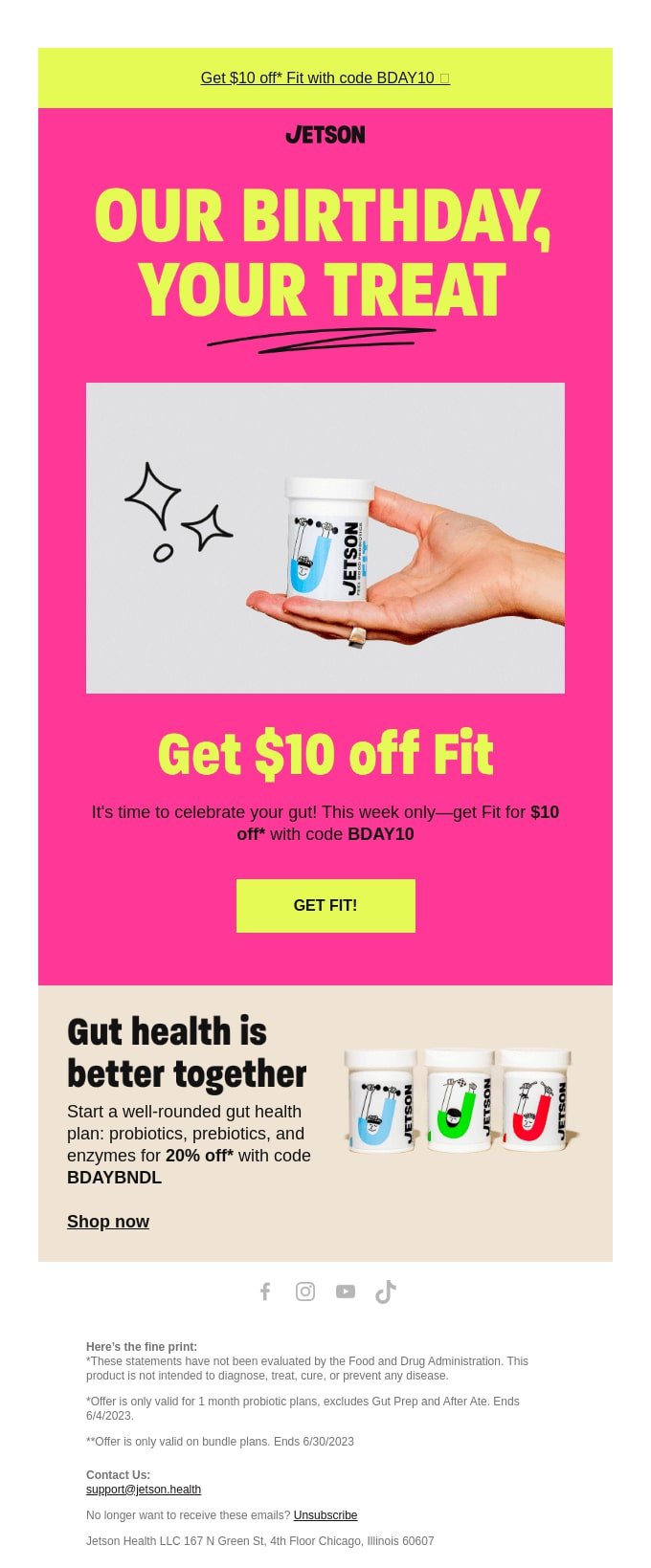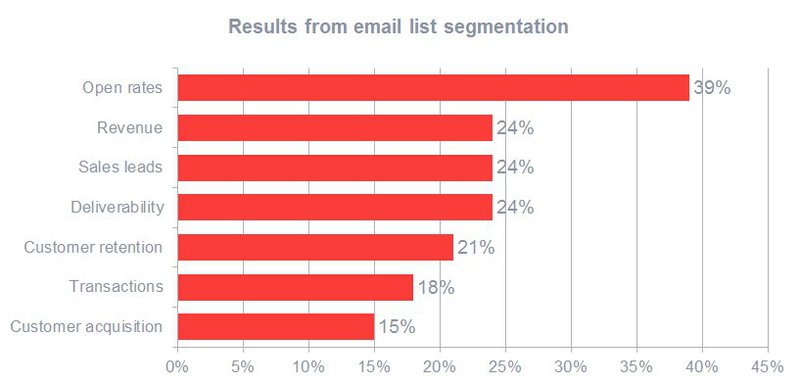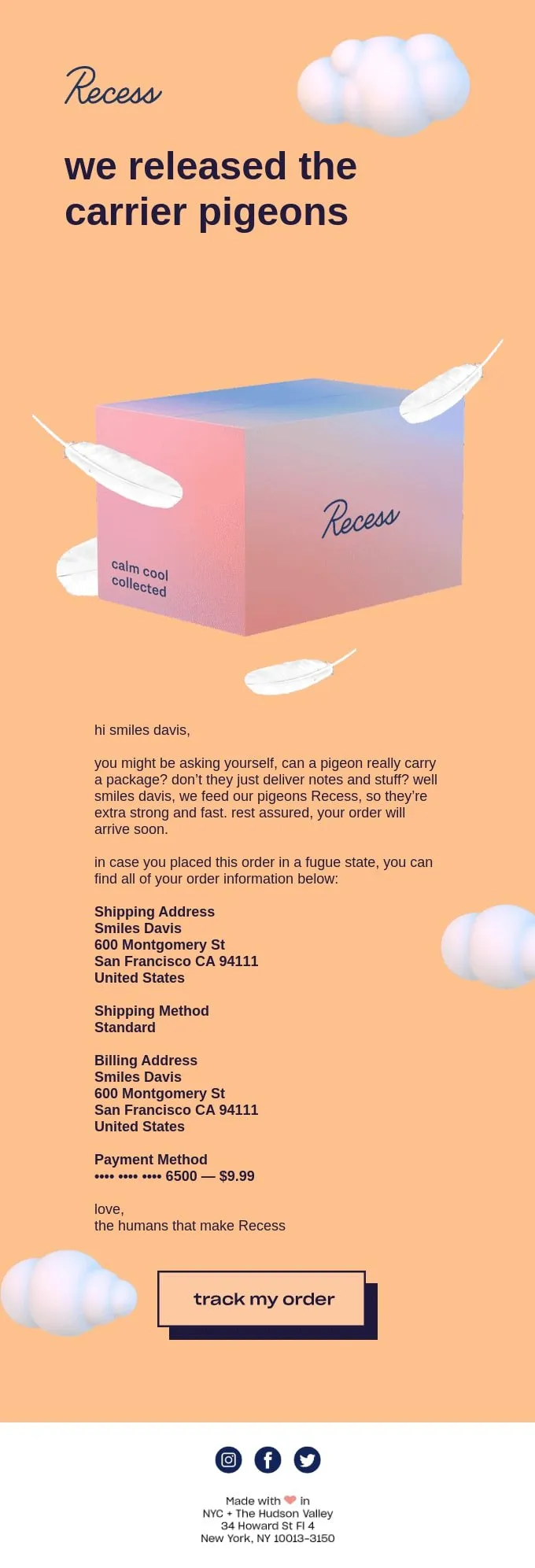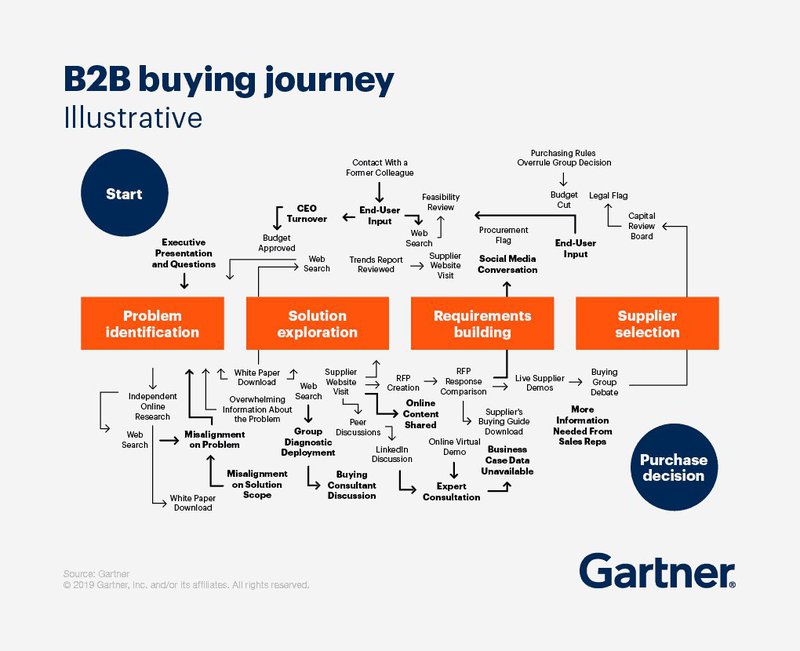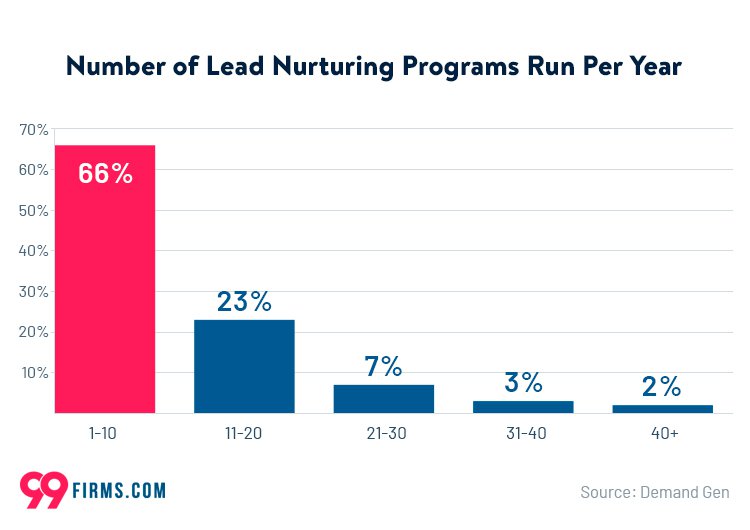Drip vs Nurture Campaign: Crafting the Perfect Email Strategy
Knowing the difference between a drip vs nurture campaign can help set your email marketing strategy apart from your competition. Read this guide to learn more.
Updated November 5, 2024
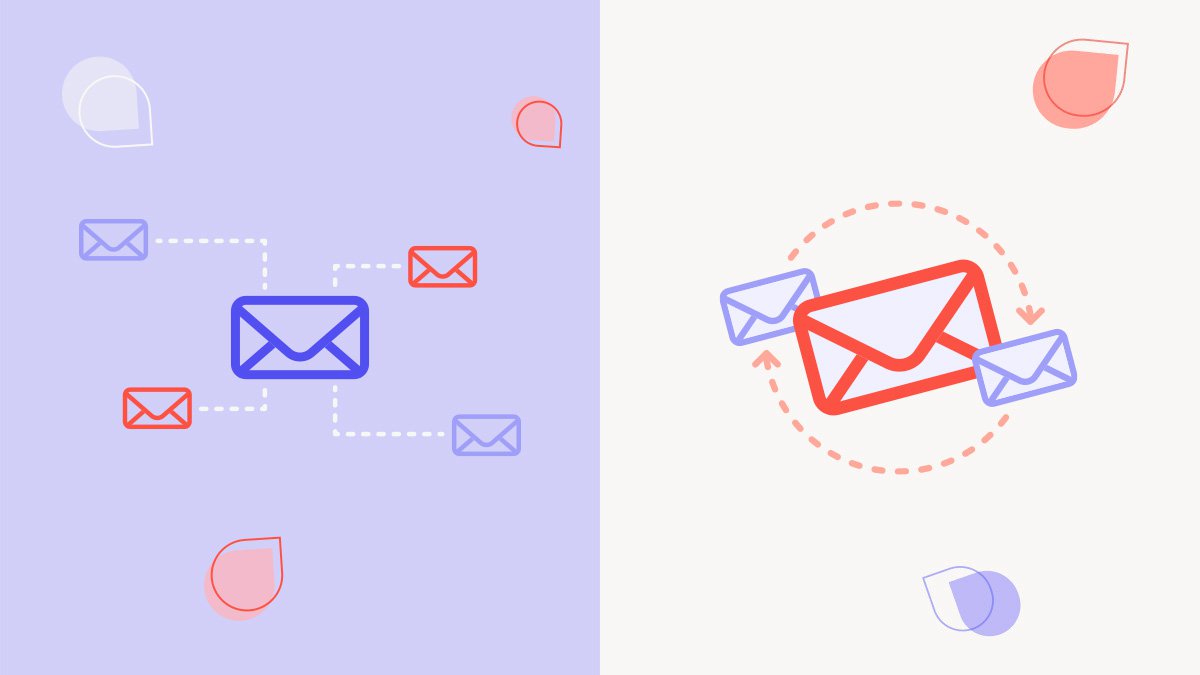
Drip and nurture campaigns are at the backbone of every solid email marketing strategy. They allow you to structure your emails, follow clear goals, segment your audience, and get better results.
Research shows drip campaigns have 80% higher open rates than individual emails and lead generation nurture emails get 10 times more responses than other types of emails. Clearly, there's a lot of value in building both drip campaigns and nurture emails – but given their differences, how do you decide which one's best for you?
We're diving deep into drip vs nurture campaigns in this article, so keep reading to learn more.
What is a drip email campaign?
Drip marketing is a type of email communication based on "drips": pre-written messages sent to existing or prospective customers at pre-established intervals of time. The main goal of a drip campaign is to educate the audience and help them understand how your solution is fixing their problem.
Examples of drip campaigns
There are many types of email drip campaigns you can send. Here are some of the most common ones:
Welcome email
A warm greeting to new subscribers sets the tone for future interactions. This initial touchpoint is crucial for creating a positive first impression and establishing a connection. It can also be the beginning of a series of educational, onboarding emails too.
Anniversary email
Anniversary campaigns are all about celebrating milestones, such as the anniversary of a customer joining your platform or making their first purchase. This gesture shows appreciation and helps you get more loyal customers.
Educational email
You can also use drip campaigns to deliver educational emails, like tutorials on how to use your product or a specific feature in it, for example. Doing this will position your brand as an authority in the niche and provide you with a good platform for cross-sell or upsell opportunities (or simply for encouraging repeat purchases).
How to create a drip campaign
Creating a successful drip campaign involves careful planning and execution.
Set your goal
Define the purpose of your campaign. Is it lead generation, nurturing, or re-engagement? Understanding your short and long-term goals helps shape your email marketing strategy, your content, and your campaign structure.
Create content
Craft engaging and relevant content tailored to your potential buyers and campaign goals. Keep in mind that you might find valuable content among your company's most popular blog posts too – you don't always need to create blog articles and guides from scratch.
Still, it's essential to make sure you don't feed your audience content just for the sake of it. Whatever you share with them needs to actually help them visualize using your product (and make them more likely to buy). Some of the best content is social proof and influencer videos (you can even embed them into your emails).
Segment your list
Divide your email list based on behavior, communication preferences, demographics, purchase history, or other relevant criteria. Segmenting ensures that you send relevant emails your audience will resonate with. This makes it more likely they will follow through with the desired action – whether that's buying something, subscribing to a newsletter, or downloading an eBook.
Find the right timing
Drip campaign emails are time-based emails, and that means your timing is even more important than with any other type of email marketing campaign. Choose the optimal times to send your email campaigns, considering the recipient's habits, time zone, and previous interactions with your email. Doing this right can significantly impact open rates and engagement – so don't skip the research phase!
Test and adjust
Continuously test different elements of your campaign – timing, content, calls to action – and refine them based on performance data. A/B testing helps optimize your campaign for better results.
What is an email nurture campaign?
An email nurture campaign is a sequence of messages delivered via email according to the behavior of contacts. The point of these emails is to deliver targeted, timely information that helps guide the leads through the entire buying cycle.
Sometimes, nurture campaigns aren't used with the specific purpose of selling (directly), but they help sales teams start more productive conversations with prospective customers. Sales pitches go smoother when leads are already acquainted with your product.
Examples of nurture campaigns
Here are some examples of email nurture campaigns both marketing and sales teams can benefit from:
Behavior-driven welcome emails
Welcome emails can be part of a drip campaign or a nurture one. For instance, you can categorize welcome email flow if they are tailored to specific actions or preferences the lead shows. This personalization enhances engagement, sets the stage for a tailored customer journey, and has the potential to increase sales efficiency.
Abandoned cart emails
Abandoned cart emails encourage users to complete their purchases by reminding them of their abandoned items. This type of email can show great results, and statistics back this up: they have a very high open rate of 39% and a 23.3% click-through rate.
Winback campaigns
Winback campaigns are all about re-engaging with inactive or lost customers to reignite their interest in your brand. For instance, if someone signed up for your B2B product but hasn't logged in and used it yet, a winback campaign would revive the dormant relationships and encourage engagement (as well as repeat business).
Upsell and cross-sell emails
These emails capitalize on existing customer relationships to increase revenue by suggesting complementary or upgraded products based on the customer's past purchases.
For instance, if you're selling beauty products and someone just purchased a foundation, you could send them an email suggesting complementary products – like a contour palette, a blush, and a special makeup sponge to go with that specific foundation.
Likewise, if you're a B2B marketer in SaaS, you could send upsell emails to customers on free or low-tier plans. These nurture emails would gradually show your audience the direct benefits of an upgrade and be sent out according to your customers' behavior.
Post-purchase communications
Post-purchase emails provide follow-up information, seek reviews, or offer further assistance after a purchase. B2C marketers commonly use post-purchase emails to enhance customer satisfaction and encourage customer advocacy. Some examples of post-purchase campaigns include
- Order confirmations
- Shipping tracking
- Delivery updates
- Product review requests
- Refill reminders, for products that need to be bought recurrently
Want more inspo? Check out our list of the best email marketing examples.
How to create a nurture campaign
Building an effective nurture campaign requires strategic planning and meticulous execution. Here are a few steps you can follow for a sure-fire strategy:
Set the campaign goal
As in the case of a drip campaign, you need to start by clearly defining the desired outcome. Whether it's moving leads through the sales funnel or reactivating inactive customers, understanding the end goal guides the structure and content of your emails.
Map out the buying journey
Align your emails with the stages of the buying process, offering information and solutions relevant to each stage. A well-mapped customer journey ensures that your emails guide recipients towards conversion.
There are many ways you can map out the buyer's journey for your marketing automation, but the two most common ones are
1. A structure that mirrors the sales funnel (as seen through the marketing perspective). In this situation, the journey would be based on the following stages:
- Awareness
- Consideration
- Intent
- Evaluation
- Purchase
2. A structure based on the stages of awareness:
- Unaware
- Problem-aware
- Solution-aware
- Product-aware
- Most aware
Map out specific triggers
Identify the events or actions that trigger each email, ensuring they are timely and contextually appropriate. Triggers add a dynamic and responsive element to your nurture campaign.
Decide on the right channel
Choose the most effective channels for your campaign, whether it's email, SMS, or other platforms. Channel selection should align with your audience's preferences and behavior.
Create content and nurture marketing assets
Develop compelling, engaging content that resonates with your target audience and supports your campaign goals. Tailor the content to address the recipient's needs and interests at each stage of the buyer's journey.
Want to make sure your email copy hits the nail on its head? Hire a Mayple-vetted email consultant! Contact us, and we'll match you with the best person for the job in a matter of days.
Automate your campaign
Utilize email tools to schedule and deliver emails based on predefined triggers and segments. Automation streamlines the nurturing process and ensures timely communication.
Measure and adjust
Continuously monitor and analyze campaign performance, making data-driven adjustments to enhance effectiveness. Performance insights help optimize your nurture campaign for better engagement and conversion rates.
Drip vs nurture campaign: which one's right for you?
Drip and nurture campaigns share important similarities: they have similar goals to educate and nudge consumers or leads throughout the sales cycle, they rely on marketing automation, and both require careful mapping, content creation, and segmentation.
The key difference between drip campaigns and nurture campaigns is that drip emails are time-based, whereas nurture campaigns are behavior-led. They can both benefit your company, but you have to know when to use each.
Use cases for drip campaigns
Drip campaigns are best for:
Building awareness
Introduce new leads to your brand and offerings through informative emails. Drip campaigns lay the foundation for a long-term relationship by providing valuable insights and information about a specific problem (or set of problems) your product or business is addressing.
Nurturing leads
Gradually move leads down the sales funnel by providing valuable content and encouraging action at each stage. Drip campaigns keep your brand top-of-mind and nurture potential customers over time.
For example, if you have a software company that offers an innovative solution, you might build a guide presenting the problem you're solving. To download it, people would have to give you their email address – and that's where the drip campaign would start, taking potential customers from "unaware" to "most aware" and then to "converted."
Use cases for nurture campaigns
Examples of when nurture campaigns come in handy include:
Guiding the buyer's journey
Assist leads in making informed purchasing decisions by providing tailored and timely information. Nurture campaigns focus on delivering the right message at the right time, ensuring a smoother buyer's journey.
Reactivating customers
Re-engage dormant or inactive customers by reminding them of your brand's value and offerings. Nurture campaigns reignite interest and encourage repeat purchases, maximizing customer lifetime value.
So...Which one should it be, then?
Understanding the nuances and strengths of both drip and nurture campaigns allows marketers to design effective strategies that align with their objectives and resonate with their target audience.
Whether it's building brand awareness, nurturing leads, or rekindling customer relationships, the right email marketing approach can make all the difference in achieving success – so take your time, assess your situation, and mix drip and nurture campaigns in a way that helps your ideal customer and your business.
Need help with your email efforts? Hire an email marketing agency vetted by Mayple. Contact us and we'll make sure you work with the best one for your target audience and industry.

